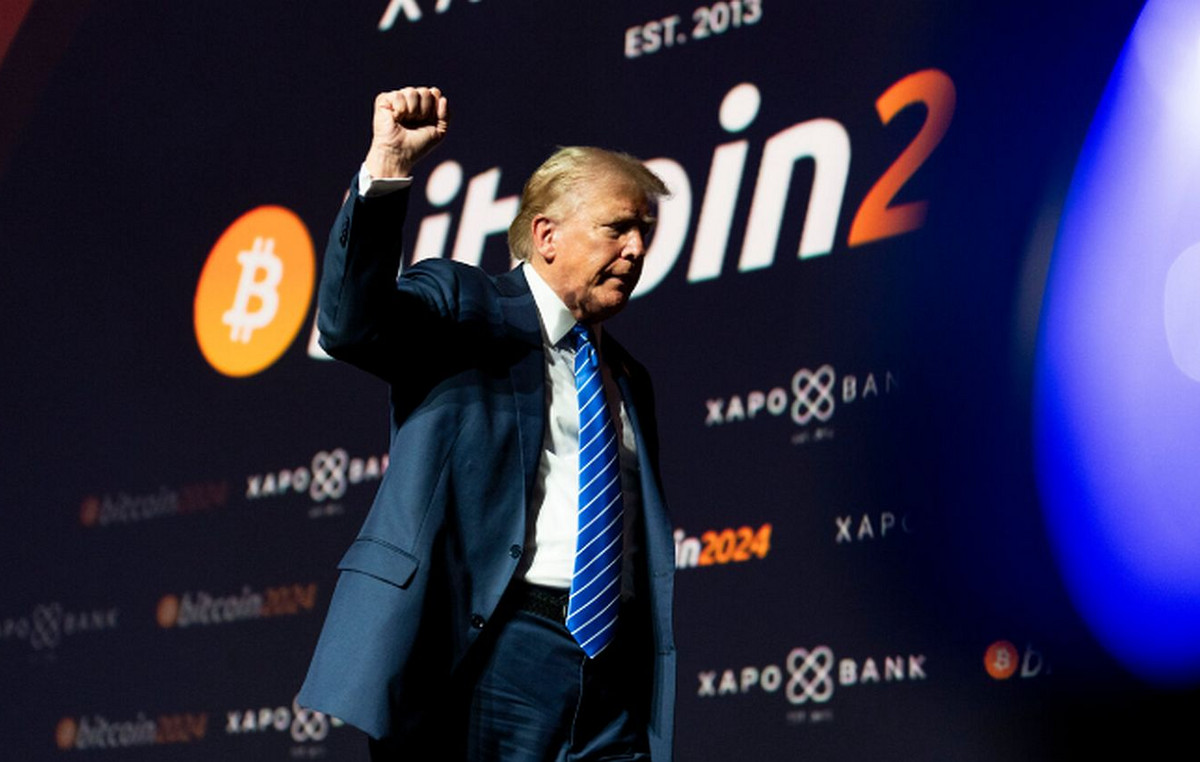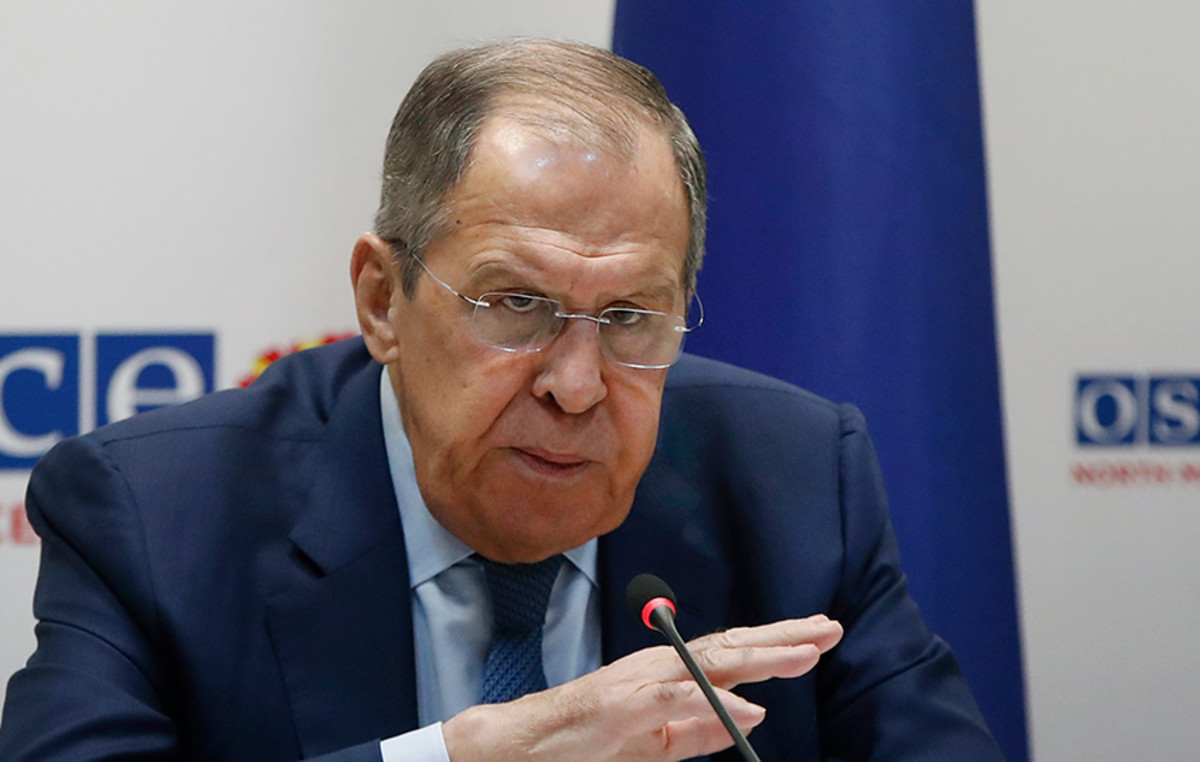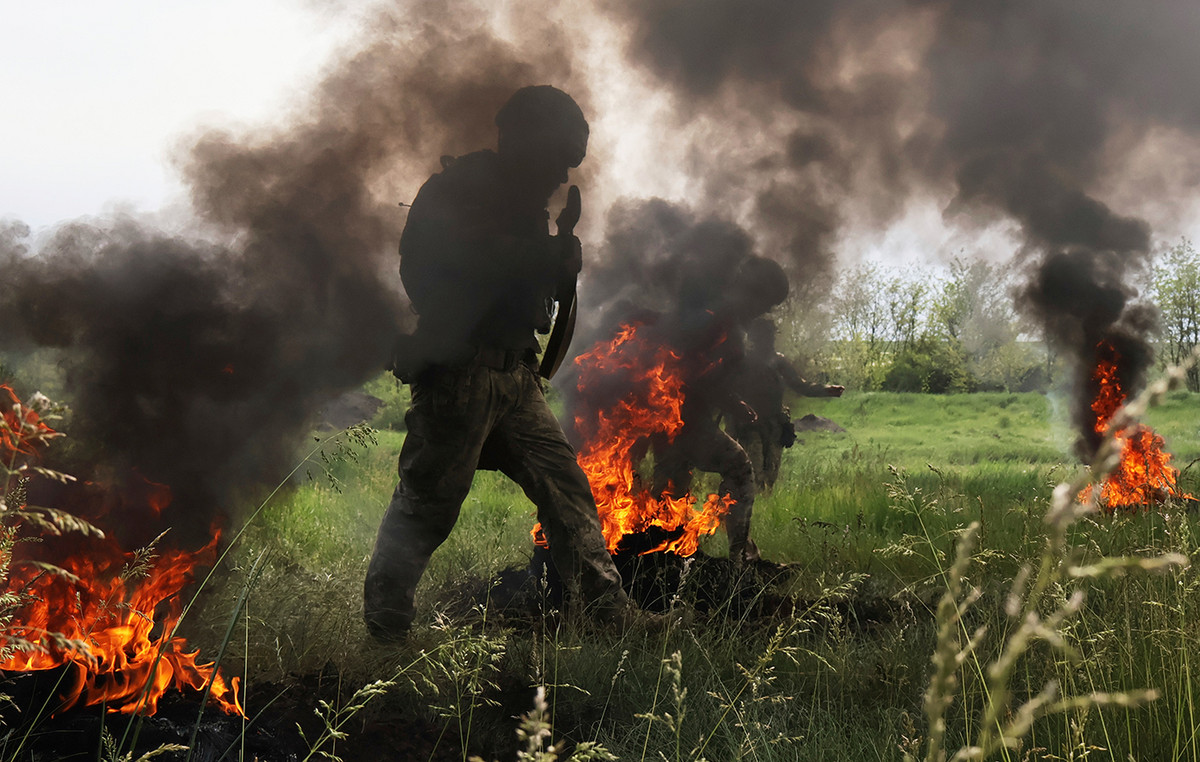The IPCA (Extended Consumer Price Index) —which measures the country’s official inflation–, increased by 5.79% in 2022, informed the IBGE (Brazilian Institute of Geography and Statistics) this Tuesday (10).
The annual result was above the ceiling of the target set by the National Monetary Council of 5% for 2022. It is the fourth consecutive time that inflation has been above the center of the target, which this year is 3.5%.
In 2021, the accumulated index was 10.06%.
The annual number was still slightly above the projection disclosed in the Focus Bulletin, of 5.62%.
From November to December, the increase was 0.62%.
The market expected an increase of 0.44% in December and 5.60% in the accumulated result for the year, according to a Reuters poll.
Main influences of the year
With a variation of 11.64%, the Food and beverage group was the main influence for the 2022 result. The group had the greatest total impact on the index, of 2.41 percentage points.
Food at home (13.23%) exerted the greatest influence on the 11.64% increase in the Food and beverages group. The highlights were onion (130.14%), which had the highest increase among the 377 sub-items that make up the IPCA, and long-life milk (26.18%), which contributed with the greatest impact (0.17 pp) among foods for consumption at home. It is also worth mentioning potatoes (51.92%), fruits (24.00%) and French bread (18.03%), says the IBGE.
“In the case of onions, the increase is related to the reduction in the planted area, the increase in production costs and climate issues. Milk prices rose more intensely between March and July 2022, when the accumulated increase in the year reached 77.84%. As of August, with the close of the off-season, prices began a sequence of falls until the end of the year, the most significant of which was in September (-13.71%)”, explains André Almeida, analyst of IBGE prices, in note.
Eating away from home rose by 7.47%. While the meal had an increase of 5.86%, the high of the snack was 10.67%.
Then comes the Health and personal care group with 11.43% of variation and 1.42 pp of impact.
In this group, the main contribution (0.61 pp) came from personal hygiene items (16.69%), especially perfumes (22.61%) and hair products (14.97%). Another highlight was the health plan, with an increase of 6.90% and impact of 0.25 pp on the accumulated IPCA for the year. It is also worth mentioning the increase of 13.52% in pharmaceutical products.
The biggest variation of the general index came from the clothing group (18.02%), which had rises above 1% in 10 of the 12 months of the year.
In this, the prices of women’s clothing (21.35%) and men’s clothing (20.77%) rose above 20% in the accumulated result for the year. Changes in children’s clothing and footwear and accessories were 14.41% and 16.83%, respectively, while jewelery (3.67%) had the lowest variation among the surveyed items.
The price of cotton, one of the main raw materials in the sector, rose sharply between April 2020 and May 2022, highlights the IBGE. “Production costs rose and there was a resumption of demand after the easing of social isolation measures resulting from the Covid-19 pandemic”, says Almeida.
THE housing group was close to stability, with 0.07% variation. In this segment, the main positive contributions came from residential rent (8.67%), water and sewage fee (9.22%) and condominium fees (6.80%).
Together, the three sub-items contributed around 0.62 pp to the accumulated IPCA for 2022.
“It is also worth mentioning the increases of almost 20% in cleaning articles (19.49%) and just over 6% in bottled gas (6.27%). On the other hand, there was a drop of 19.01% in residential electricity, with an impact of -0.96 pp on the accumulated index for the year”.
THE transport group (-1.29%) had the biggest drop and the most intense negative impact (-0.28 pp) among the nine surveyed groups. In it, the greatest positive impact (0.49 pp) came from the sub-item licensing and licensing (22.59%).
The IBGE points out that the increase in the IPVA in 2022 is mainly due to the increase in the price of cars in 2021, since the charge is based on the market value of the vehicles at the end of the previous year. The prices of new (8.19%) and used (2.30%) cars continued to rise in 2022, although at a slower pace than that recorded in 2021 (16.16% and 15.05%, respectively).
“Another important rise was in airline tickets, which rose 23.53% and contributed 0.14 pp in the accumulated result for the year. On the downside, gasoline stands out (-25.78%), responsible for the most intense negative impact (-1.70 pp) among the 377 sub-items that make up the IPCA”, says the institute.
Gasoline prices dropped more significantly between July and September, as a result of a series of reductions in the price of fuel at refineries and the application of Complementary Law 194, which limited the collection of ICMS on fuel by the states.
December Influences
The survey identified increases in all groups of products and services surveyed in the month. The biggest changes came from Health and personal care (1.60%), which was also the main impact (0.21 pp), and Clothing (1.52%). Transport (0.21%) and Housing (0.20%) decelerated in relation to November, when they registered 0.83% and 0.51%, respectively.
“The drop in gasoline prices was the main factor behind the slowdown in Transport. There was a reduction of more than 6% in the liter of the product at the distributors”, highlights André. Together, the groups Health and personal care and Food and beverages accounted for around 56% of the total impact of the December IPCA.
Source: CNN Brasil
A journalist with over 7 years of experience in the news industry, currently working at World Stock Market as an author for the Entertainment section and also contributing to the Economics or finance section on a part-time basis. Has a passion for Entertainment and fashion topics, and has put in a lot of research and effort to provide accurate information to readers.







